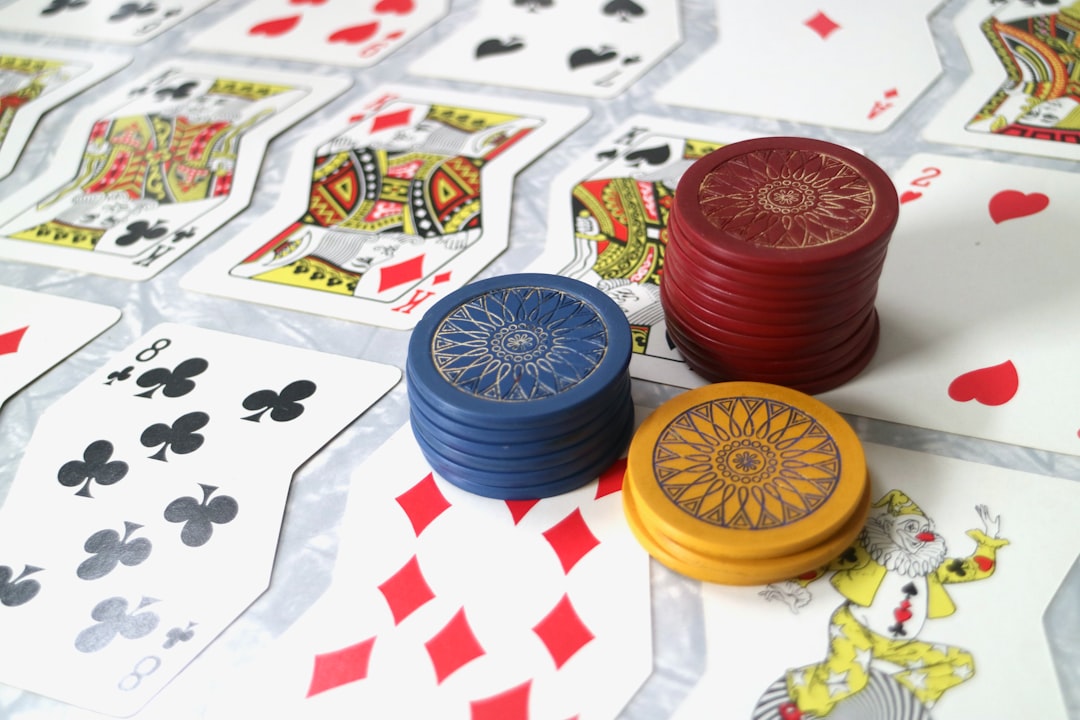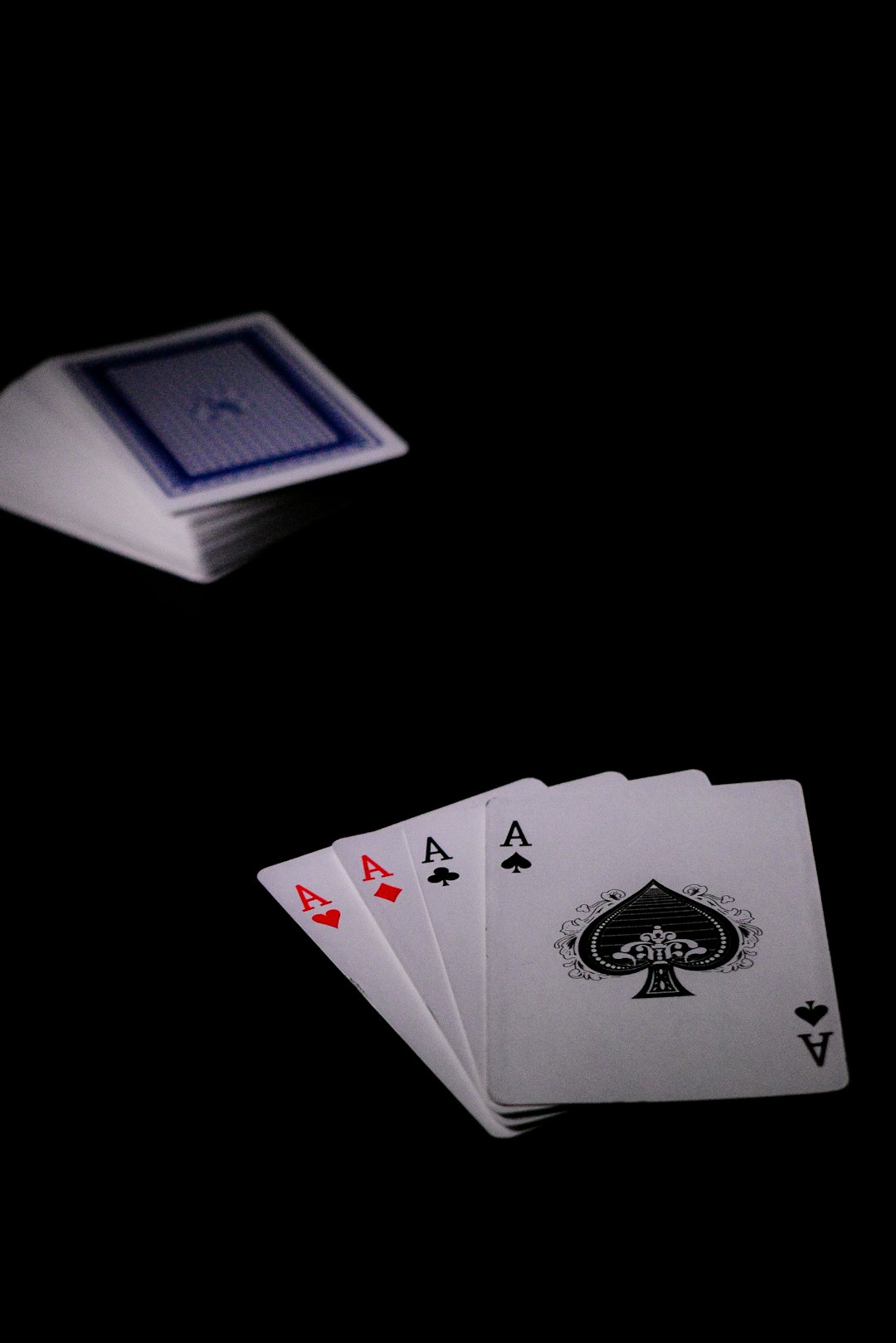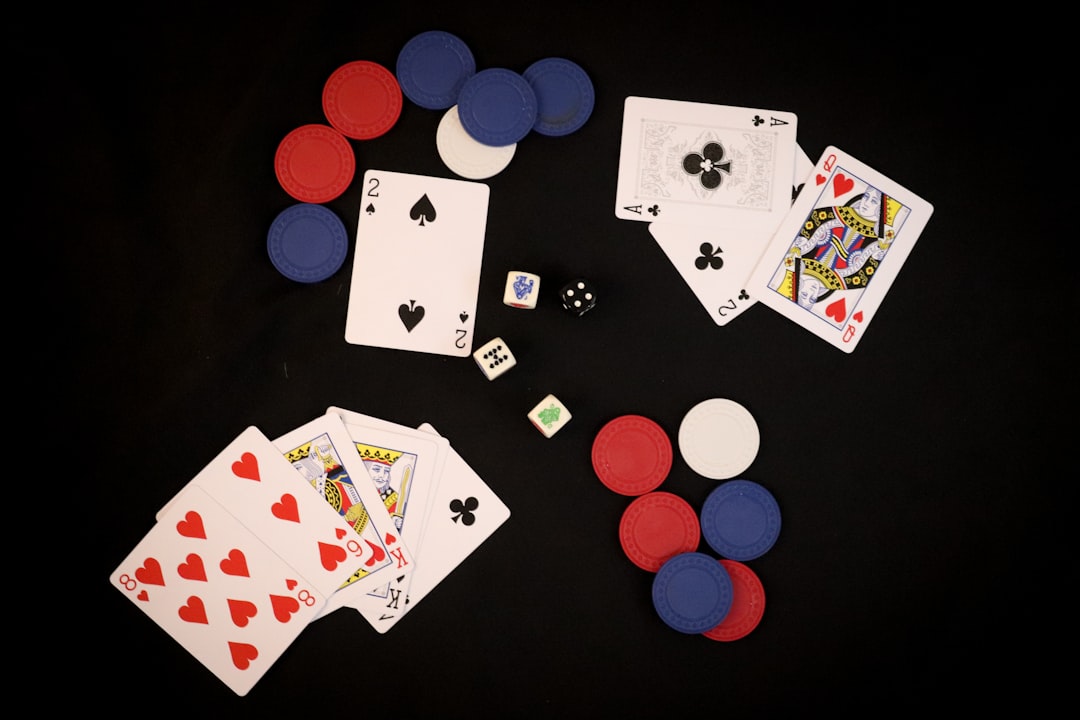Throughout the world of poker, players from every background have built reputations based on skill, instinct, and strategy. Among them, few names have gained the reverence and mystery surrounding Nahm Chart. Revered in both online forums and in high-stakes tournaments, Chart has consistently outperformed the competition. But what is the secret behind his remarkable success? Many insiders point to an intricate, methodical approach known as the Nahm Chart Strategy – a unique system that balances mathematics, psychological warfare, and disciplined decision-making.
Origins of Nahm Chart’s Unique Playing Style
Nahm Chart didn’t storm into the professional poker world on pure luck. With a background in finance and game theory, he was already predisposed to calculate risk with near algorithmic precision. Early in his career, he began formulating what would become a fundamental part of his poker identity – a data-driven approach that relies on probabilities, historical patterns, and position-based decision-making. This evolved into what is now recognized as the Nahm Chart Strategy.
When speaking with peers and analysts who have observed Chart’s gameplay over the years, several foundational principles come up repeatedly:
- Hand Range Mapping – Rather than relying on intuition alone, Chart meticulously studies hand combinations in relation to player tendencies, stack sizes, and table positions.
- Position-Aware Aggression – He is known to adapt his level of aggression depending on position and opponents’ decision consistency.
- Fold Equity Utilization – Chart has an almost uncanny sense of when opponents are likely to fold, capitalizing on marginal situations with surgical precision.
The Mechanics of the Nahm Chart Strategy
The heart of the Nahm Chart Strategy is visual. It’s named after the actual poker charts he uses – spreadsheets and heat maps that evaluate the strength and potential of every hand across various game states. These aren’t simple starting hand charts found in beginner books. Rather, they are highly adaptive matrices, updated with real-time information, opponent modeling, and range estimation.
His system stands out by incorporating layers of insight typically reserved for AI-based solvers. In essence, Chart mimics the functions of tools like PIO Solver using his own data inputs and manual computations. Those who have trained with him claim the strategy includes:
- Pre-Flop Threshold Charts: Colored grids that evaluate which hands should be raised, called, or folded based on position and previous action.
- Turn/River Bluff Windows: Decision matrices that identify optimal bluffing moments on later streets depending on stack depth and board texture.
- Opponent Profiling Modules: A running record of opponents’ past hands and betting behaviors, often memorized or tracked systematically.
While these prepared charts provide a foundation, such strict methodologies require incredible discipline and mental endurance. During long tournaments, Chart is known to input his mental models into memory recall routines, effectively simulating computer-aided decisions in real-time.

Practicing Controlled Aggression
A hallmark of Nahm Chart’s playing style is what fellow professionals call “controlled aggression.” This isn’t reckless betting or wild bluffing; rather, it’s purposeful pressure applied when the probability curve favors it. According to close observers, Chart maintains a statistical equilibrium: for every bluff made, there’s a corresponding value hand in his range.
This mathematical balance, often misunderstood by less experienced players, is a fundamental aspect of game theory optimal (GTO) play. However, Chart’s style isn’t purely robotic. Where GTO lacks human awareness, Chart injects psychological reading ability – often exploiting subtle patterns missed by AI solvers. This hybrid of rigid framework and fluid observation gives rise to his domination in heads-up formats and multi-table strategies alike.
The Influence of Psychology
Beyond his chart-centric approach, it would be a mistake to ignore the psychological layer of Nahm Chart’s success. Whether reading twitchy fingers, deciphering bet-timing inconsistencies, or manipulating opponent mindsets, Chart integrates behavioral analysis deep into his process.
Sources close to Chart reveal that his routine includes nightly reviews of psychological tells seen during the day’s play. He classifies players into personality archetypes such as:
- The Passive Caller: Easily pressured but unpredictable with top-tier hands.
- The Check-Controller: Looks to manage pot size and often underrepresents strength.
- The Rigid Optimizer: Relies on charts too rigidly, easily exploited by deviating from standard behavior.
Such profiles allow Chart to tailor his plan mid-game. By combining hand probability and psychological insight, his strategy becomes harder to counter as tournaments progress. It’s no wonder that even veteran opponents struggle after extended play against him.

Results Speak for Themselves
Nahm Chart’s results across both online and live tournament formats reinforce the effectiveness of his approach. According to published data and tracking services, his return on investment (ROI) in large field tournaments is well above average. He has several six-figure wins to his credit and maintains one of the highest cashing percentages among players with over 1,000 tournament entries.
Equally impressive is his performance during final tables. Chart’s decision-making under pressure is rarely erratic – evolving based on chip distribution, pay jumps, and varying pressure levels. Watching him transition from short-stack survival to chip domination is a masterclass in poker adaptability.
Advanced Insights from Insiders
For a long time, Nahm Chart avoided poker coaching or mainstream media attention. However, snippets of his methodology have trickled into public training forums. Analysts who’ve interacted with Chart summarize his private trainings with the following universal themes:
- “Study more than you play.” Chart dedicates approximately 2 hours studying for every hour he actively plays.
- “Predict five moves ahead.” He trains his brain to envision probable hand paths from flop to river.
- “Respect tilt, but don’t indulge it.” Emotional control is a pillar of longevity, and Chart is heralded for never tilting publicly.
In a video leak from an invitation-only seminar, Chart is quoted saying, “There’s no such thing as luck – only data you didn’t collect.” This philosophy informs his strategy in totality. Success, to him, is merely the visible portion of deep-rooted preparation and strategy.
Can The Nahm Chart Strategy Be Copied?
Many aspiring poker players ask if Nahm’s strategy can be learned or replicated. The answer is complicated. While the principles of structured hand evaluation and situational awareness are teachable, the true genius lies in Chart’s application. His ability to synthesize multiple information layers in real-time requires immense practice and cognitive scaffolding.
That said, a simplified version of the strategy has begun to emerge in PDF guides and desktop tools impersonating the Nahm style. Though not officially endorsed, these do offer valuable stepping stones for intermediate players looking to evolve their mental models beyond “ABC poker.”

Conclusion: A Blueprint for Modern Poker Mastery
The Nahm Chart Strategy isn’t a fluke or a gimmick. It’s a culmination of analytical rigor, emotional control, and intuitive psychology. In a game increasingly influenced by machine learning and statistical models, Nahm Chart reminds the poker world that human brilliance still has a role to play – especially when paired with a devotion to strategic refinement.
Whether you’re a beginner hoping to climb the stakes ladder or a seasoned grinder seeking the edge, studying the principles behind Nahm Chart’s system offers more than just tutorial value – it offers a roadmap to thinking like a true strategist.

